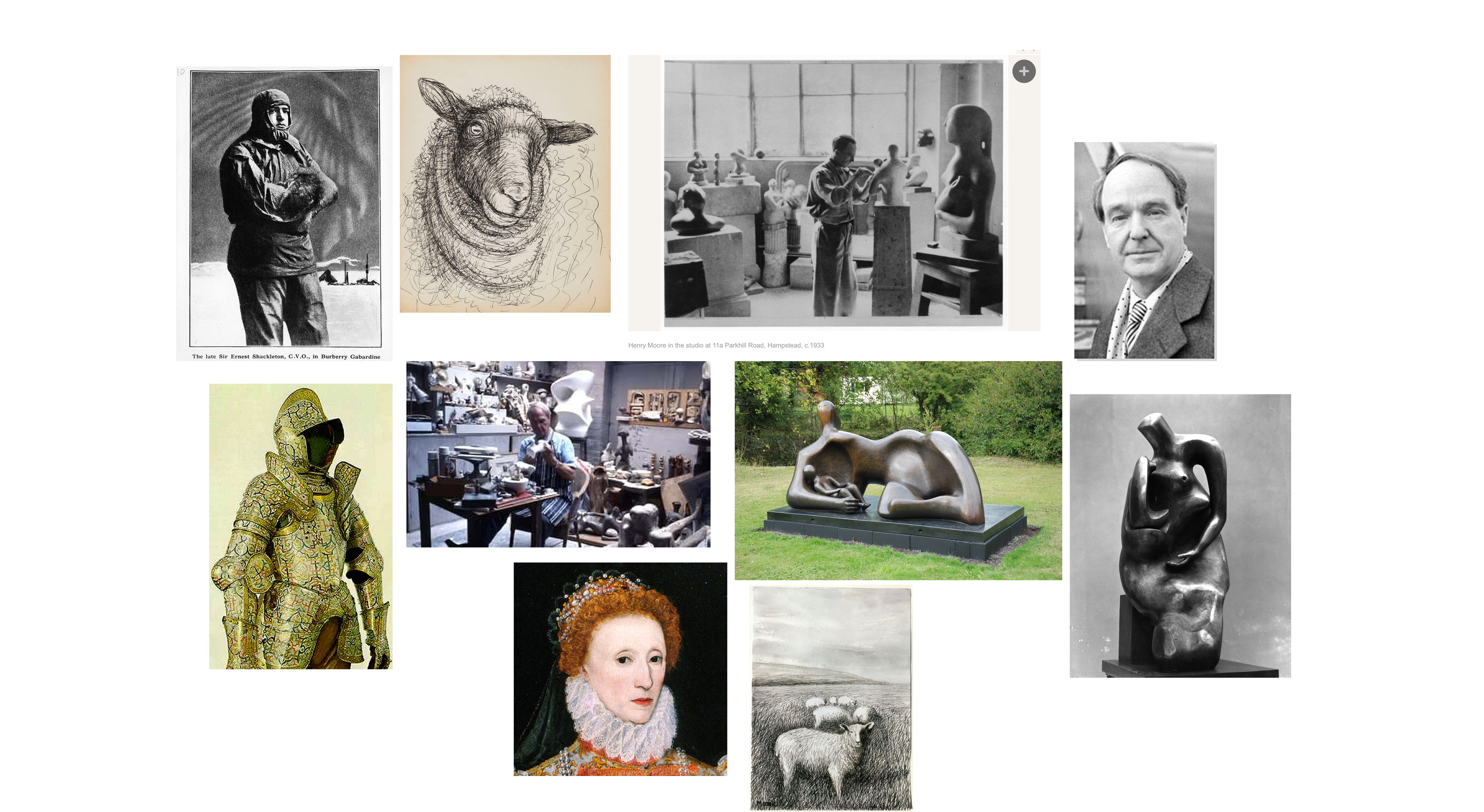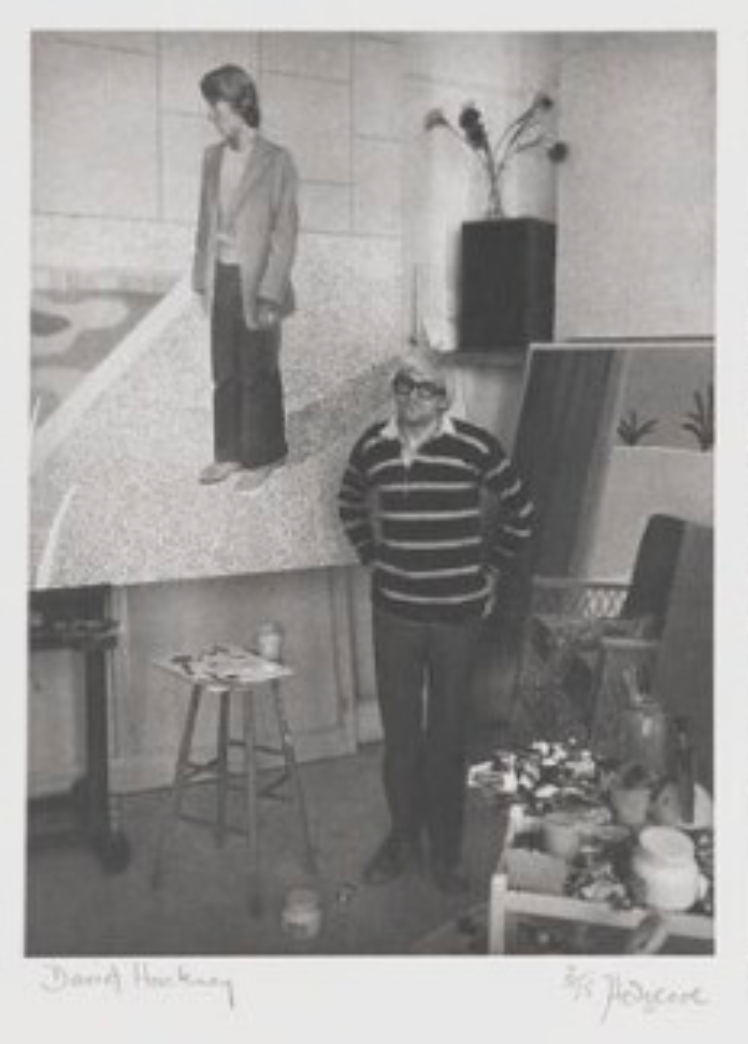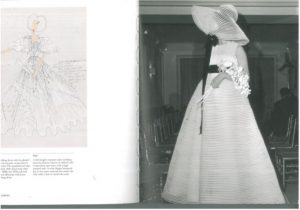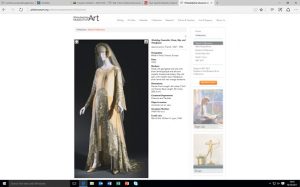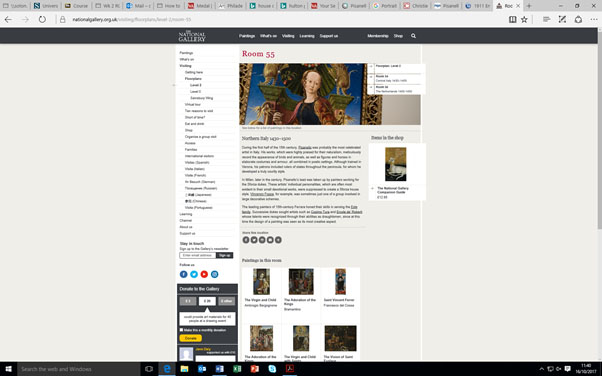For the Research and Communication skills (RCS) module I liked how the lectures expanded my knowledge of the design industry which I intend to be working in. For example, the issue of copyright in the week 3 Academic Integrity and Plagiarism lecture and how it is relevant to my studio practice for the future and also now as a student. Sometimes it could be difficult to grasp the concepts talked about as they needed a different way of thinking and working compared to working in the studio. I found it interesting researching the individual tasks though. The most challenging task was the reflective writing in week 6 as this involved academic reading which I have not done very much before.
Within the RCS module I became to understand the need for good research and tried to make the most of the library. I realized that by having good solid research I had a better understanding and therefore it made the writing easier. I think this is because I was more confident in what I was writing about. I found a very useful magazine in the library for the week 4 visual research task which included an interview with the designer himself that was relevant to the task. Because of this, it was easier to find the images needed for the mood board than having to search through lots of internet pages that may not have been relevant.
For the task in week 2 of online resources it highlighted how previously I had relied too much on the internet which you cannot guarantee the accuracy of the information on it and therefore can lose confidence in what you are trying to say. As a result, it was also useful to be directed to reliable websites too, and I have now learnt that museum websites such as the V&A are a great resource as they generally have a wide variety of trustworthy information. In the future, I intend to use this way of gathering information, by being more discerning about where I choose my sources of research from. I think that by having a good basis for research, and I hope my work will reflect this. I am already trying this in my studio practice by spending time in the library to gather inspiring images instead of going straight to the internet. With the internet, I am being more particular as to where to look such as using the V&A website.
Week 8’s task on Ethical Issues was the most thought-provoking for me. Although I had had some brief thoughts on these issues before, by having the lecture on these issues my opinions became stronger. I had never had to write in this way before though and found it hard to put across an opinion on such an appalling and disturbing image.
To conclude, I have found the subject matter in RCS interesting and useful to learn about. I liked hearing people’s opinions within the lectures on these subjects. The most challenging part to this module was the writing after the lectures but it was good to be able to use the library resource to help with this.


